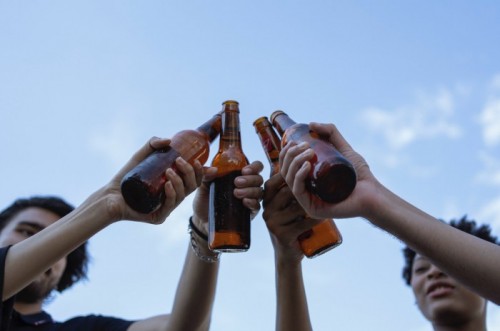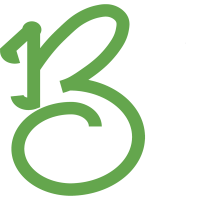
The Different Types of Drinking Habits to Avoid
-
- 0 Share
- 1593 Views
When we say someone has an "alcohol issue," we don't always mean they have a drinking problem (AUD). Heavy drinking and binge drinking are two drinking behaviors that might be hazardous.
Harmful Drinking Habits
While not everyone who binges or drinks extensively on occasion develops an alcohol use disorder, this sort of hazardous drinking behavior raises your chance of negative outcomes, including an AUD. Here's a look at some of the most dangerous drinking habits and how to avoid them.
Binge Drinking
Binge drinking is defined as having four or more standard drinks for women and five or more drinks for males in less than two hours, according to the Centers for Disease Control and Prevention (CDC).
What makes binge drinking so dangerous? One of the most serious dangers is fetal alcohol syndrome, which can develop after just one binge during the first few weeks of pregnancy. Alcohol intake at such a level, according to scientific evidence, can be harmful to one's health. It has a connection to:
- Attention and memory problems
- Increased risk of injuries (sexual assault, car accidents, falls, burns, alcohol poisoning)
- High blood pressure
- Stroke
- Heart disease
- Liver disease
- Cancer (breast, mouth, throat, esophagus, liver, colon)
As a result, if you binge drink on a regular basis, you have an alcohol problem. Even if you don't have an alcohol use disorder, your drinking is dangerous.
The majority of binge drinking study has focused on drinking behaviors on college campuses, where it is a prevalent occurrence among 18- to 21-year-olds. According to studies, binge drinkers are more prone to:
- Damage property
- Have problems with law enforcement
- Miss more classes
- Experience more hangovers
- Become injured
According to research, students on campuses with greater binge drinking rates are more likely to be assaulted and subjected to unwelcome sexual approaches.
Heavy Drinking
Heavy drinking, according to the CDC, is defined as 8 or more drinks per week for a woman and 15 or more drinks per week for a man. 1 You may be heavy drinking if you go out with pals every day of the weekend and have a couple of too many drinks each time.
If your drinking habit begins to cause you social, legal, or personal issues, and you continue to drink despite the repercussions, it's time to reconsider your relationship with alcohol. If you continue to drink heavily despite the following recurring issues, you are engaging in alcohol abuse.
- Poor performance at school or work
- Neglect of your responsibilities
- The trouble with the law
- Drinking while driving
Because an alcohol use problem is a progressive condition, if you do not get treatment for your hazardous drinking now, you may face far more serious consequences later.
Diagnosing an Alcohol Use Disorder
There are 11 signs of alcohol use disorders, according to the Diagnostic and Statistical Manual of Mental Disorders (DSM–5) issued by the American Psychiatric Association:
- Continuing to drink despite physical or psychological problems
- Beginning to crave alcohol when not drinking
- Developing a tolerance for the effects of alcohol
- Having withdrawal symptoms when not drinking
- Consuming larger amounts of alcohol over a longer period of time than intended
- Difficulty or inability to reduce alcohol use
- Spending large amounts of time obtaining, using, and recovering from alcohol use
- Alcohol use that interferes with life roles including at home, work, and school
- Giving up social, work, or recreational activities due to alcohol use
- Using alcohol in situations where it is dangerous
- Continuing to use alcohol even when it causes social and interpersonal problems
The nomenclature used in formal medical diagnosis includes mild, moderate, and severe alcohol use disorders.
- Mild: If someone displays two or three of the symptoms
- Moderate: If they exhibit four or five of the symptoms
- Severe: If someone exhibits six or more symptoms
Because they have established a physical addiction to and psychological dependency on alcohol, it is much more difficult for them to get and stay clean after they have reached the level of severe alcohol use disorder.
It's a lot simpler to stop drinking before you get to that point. Unfortunately, many alcoholics do not seek assistance until they have experienced severe negative effects as a result of their drinking, a condition known as "hitting bottom."
Written By: Royal Stag Nepal
Please
